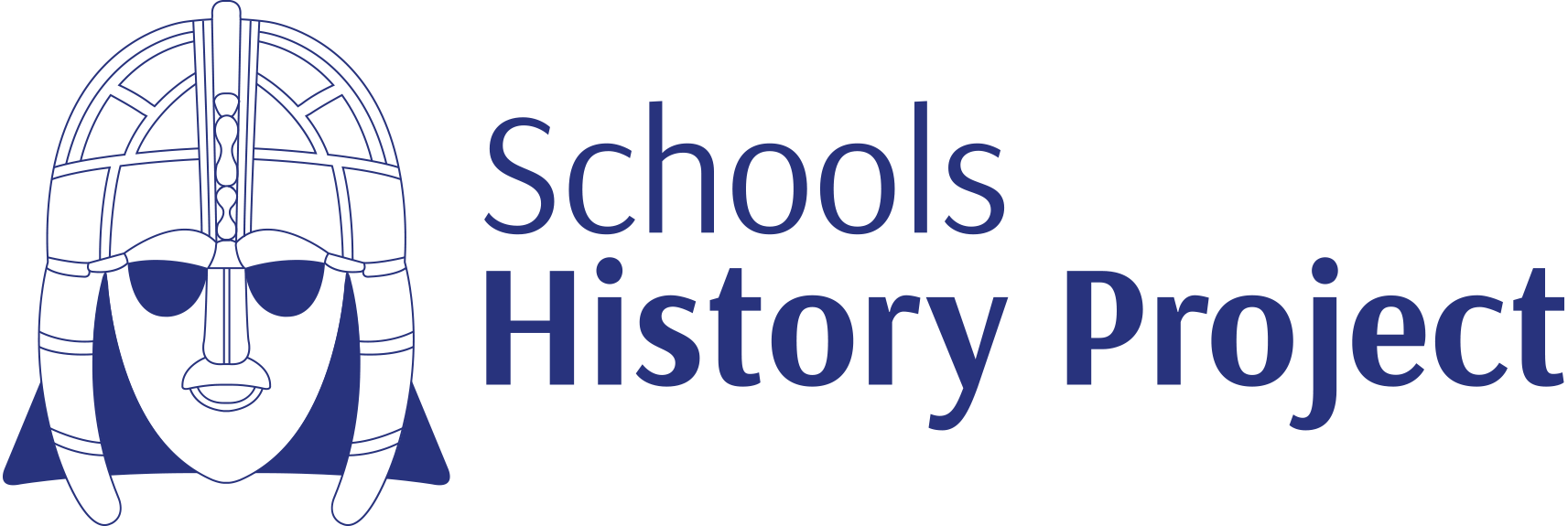The enquiry by Richard Harris helps pupils to deepen their understanding of the Britain’s transatlantic slave trade by focussing on the life history of an individual. Once pupils have grasped the general features of the triangular trade, they investigate the life history of Ukawsaw Gronniosaw, an eighteenth-century slave, through extracts from his autobiography. Pupils consider how far his story fits the general picture of the triangular trade as represented in textbooks or web pages. They think about the ways in which Ukawsaw’s story adds a human dimension to our understanding of the trade. At the end of the enquiry, pupils revise textbook or web pages in order to add depth and complexity to the story of Britain’s transatlantic slave trade.
Downloads
A WORD version of this revision activity and accompanying resources can be downloaded:
For this activity as a Word document [ click here ]
- For Resource 1A [ click here ]
- For Resource 1B [ click here ]
- For Resource 2 [ click here ]
Britain’s transatlantic slave trade: what are the limitations of a generalised account?
Start the enquiry with an image of a ‘slave collar’, and ask pupils speculate what this object was used for. Explain the geography of Britain’s transatlantic slave trade and ask pupils where the slave collar fits into the trade. What questions do pupils want to ask about the triangular trade?
Provide pupils with a basic map of Britain’s transatlantic slave trade and ask them to reconstruct the trade using a set of visual images (Resources 1A & B). You can make the activity more accessible by giving pupils half the pictures to sequence initially, asking them to slot in the remaining pictures at a later point. A set of captions can be used to help pupils check their final sequence.
Read textbook pages (or web pages) that provide a ‘generalised account’ of the transatlantic slave trade, then focus discussion on how much a generalised account can tell us about people’s experiences of Britain’s transatlantic slave trade. Encourage pupils to think about the limitations of a generalised account.
What does Ukawsaw’s story reveal?
Ask pupils to ‘map’ the individual story of Ukawsaw Gronniosaw on top of the generalised account of the triangular trade established through the images and textbook pages. Pupils consider where Ukasaw’s story matches the generalised account, where it differs and what important details it provides. Ask pupils to consider what ‘new’ aspects of the trade are revealed through Ukawsaw’s story. Exactly how do the extracts from his autobiography add a human element to the generalised account? How does his story deepen our understanding of Britain’s transatlantic slave trade and those caught up in it?
The resources for Ukawsaw’s story are extracts drawn from his autobiography, and retain their original style and idiom (Resource 2). Some pupils may need a simplified version of particular extracts. Alternatively, time could be given to help pupils enjoy and understand this lengthy source; pupils could work in groups on individual extracts, summarising each extract using words and pictures.
Writing challenge
The final part of the enquiry is designed to consolidate pupils’ understanding and to provide a meaningful end product. Challenge pupils to improve the ‘generalised account’ they used at the beginning of the enquiry by incorporating parts of the story of Ukawsaw Gronniosaw in a revised version of the textbook pages (or web pages). Which aspects of Ukawsaw’s story will they include? How will they change the ‘generalised account’ in the light of Ukawsaw’s story? Exactly how will they integrate the generalised account and the individual story?
